Behind the design: 3D-printed ‘forest’ of sex toys
Douglas Coupland and the AA’s Eva Franch i Gilabert look back on the making of Forest of Theoretical Sex Toys for Wallpaper* Handmade X

Leon Chew - Photography
Canadian artist, novelist and national treasure Douglas Coupland teamed up with London’s Architectural Association School of Architecture (AA) for his Handmade project, producing a ‘forest’ of sex toys at the school’s recently opened Digital Prototyping Laboratory. We caught up with Coupland and the AA’s director, Eva Franch i Gilabert, over FaceTime, about their collaboration, 3D-printing and the future of design.
Wallpaper*: Why was the AA interested in collaborating with Douglas Coupland?
Eva Franch i Gilabert: Douglas goes between different mediums to examine our present. At the same time, he looks to the future and understands that space of optimism, but also all the consequences of not imagining that future. These are the ingredients of the AA. So there was no doubt when you asked about this possible collaboration. There was no doubt when you said his name; the only possible answer was yes. And I actually never say yes, so you found one of my weak points.
W*: Douglas, what was your relationship with 3D-printing before this project?
Douglas Coupland: I began working pretty intensively with 3D-printing about five years ago. A friend invested in a 3D-printing company and said, ‘Keep this thing in your studio and see what you can do with it.’ It’s such a rapidly evolving technology, even from one year to the next. The materials keep on multiplying. With the AA project, I was looking forward to working with different kinds of machines and materials. The AA’s machines are basic PLA [polylactic acid], so you can change the colour of the fibre.
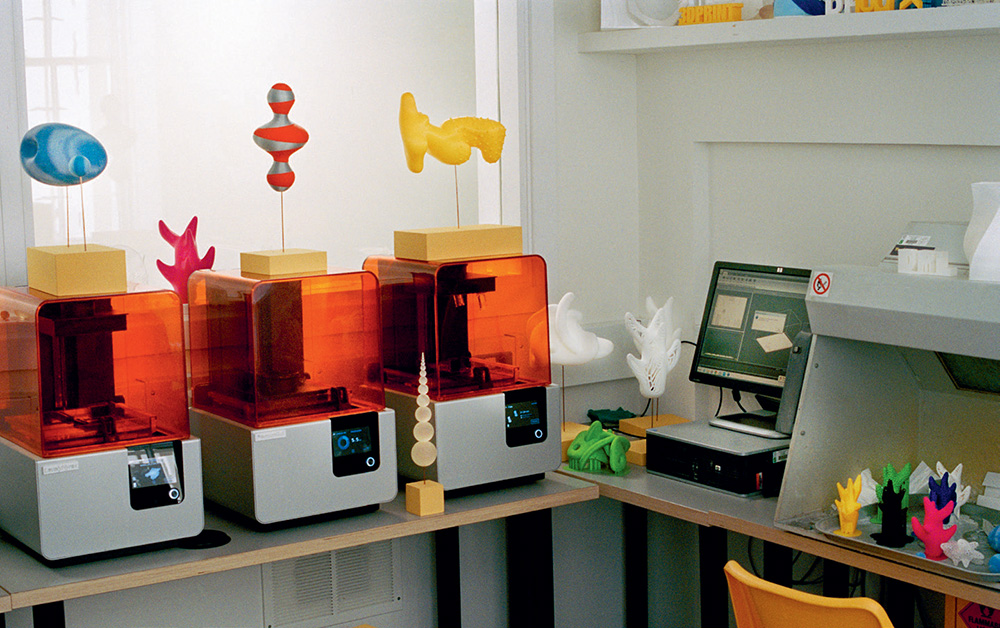
Sex toys and tests at the AA's Digital Prototyping Lab, made using nylon, PLA, resin and sandstone across four different machines.
W*: What is the role of the Digital Prototyping Lab (DPL) in the AA?
EF: With the DPL, one feels that the future is here, and that new ways of thinking might emerge. Ultimately it is a space to experiment. When you walk through, you find a lot of incomplete tests. We’re asking, what can machines do in terms of texture and assembly? How do you use them not just as printers, but as objects with a particular intelligence? How do you use then to explore materials like compostables or even coffee, and move towards a new materiality?
W*: How did the idea for ‘Forest of Theoretical Sex Toys’ come about?
DC: This project was presented to me by Wallpaper* when I was up in Haida Gwaii [an archipelago off British Columbia’s west coast]. The landscape there is phantasmagoric – 6ft-deep moss between thousand-year-old trees. The moss reminded me of a work by Canadian painter Lawren Harris, and that got me to thinking about New Zealand, which is equally dense in life, but which has no ‘pointy trees’ such as cedars, firs or pines. I got to thinking of how, if you’re from New Zealand and if you saw that painting, you’d think, ‘Yes, that’s a forest, but what is it made of?’ The theme of love made me think about things that are about the body but not necessarily about your body. In the same way that Lawren Harris painted the phylum of trees on the island, I wanted the same ‘Qu’est-ce que c’est?’ to come out of the trees we made. That same sense of familiarity wrapped up in weirdness.
EF: So you were asked about love, you saw trees, you found forms and went into theoretical sex toys. What is interesting is that we live in a time when pornography is common. But is watching porn the only way we can get into a state of arousal? Art should also be able to produce that connection, or at least deliver a moment of pure beauty.
RELATED STORY

W*: Why did you name the ‘Sex Toys’?
DC: In England, they have names like ‘the Gherkin’ and ‘the Pringle’ for monuments to taste, beauty and engineering. As a species we will always create shorthands for everything.
EF: It reflects a thirst for meaning. A name domesticates a strange and uncanny form into something that’s known and familiar.
W*: So you came up with names like Planes, Venus, Pearls, Bobby and Blue Egg.
EF: At the AA, we are on a constant quest to produce a form that is recognisable and uncanny, not just symbolic or metaphoric. Something that is ‘other’. What I love about these objects is they are certainly ‘other.’ They push the limits of the legible, but they have a coherence, so you can identify with them. You refer to the object as a cactus because it looks like a cactus, but it doesn’t look enough like a cactus to be confused with one. We know the ‘Sex Toys’ are not in and of themselves sex toys, but they are, theoretically, because of the way one sees and imagines.
DC: People look at them like, ‘Oh, they’re sex toys’ and immediately inside their head they wonder, ‘Where can I put this?’ In their head, there’s this massive ergonomic masturbation going on. At the end they say, ‘It doesn’t work for me, but it will work for someone else.’ Maybe that’s the goal. Who would that someone else be? Do they have G-spots and do they have naughty bits like we do?
EF: They are objects to be read. The objects get completed in the reader’s mind and that’s what makes them so powerful.
DC: I recently went to this makers’ shop in Clerkenwell. Maker culture is all 25-and-under; they have time but not money, so they can only make small things and they’re always experimenting. I drove past and I went, ‘Stop the cab!’ But what I thought they would be in my head was a lot better than what I saw up close. In a way, these are the objects I thought I was seeing from the taxi as opposed to what they actually were. Is there a word for that?
W*: Fantasy.
DC: It’s always going to be a frustrating experience in the end. Everyone says, ‘You can make 3D guns with 3D-printing.’ But the silent revolution is in sex toys. Eighteen-year-olds are making so many sex toys; there are websites where you can trade your CAD files.
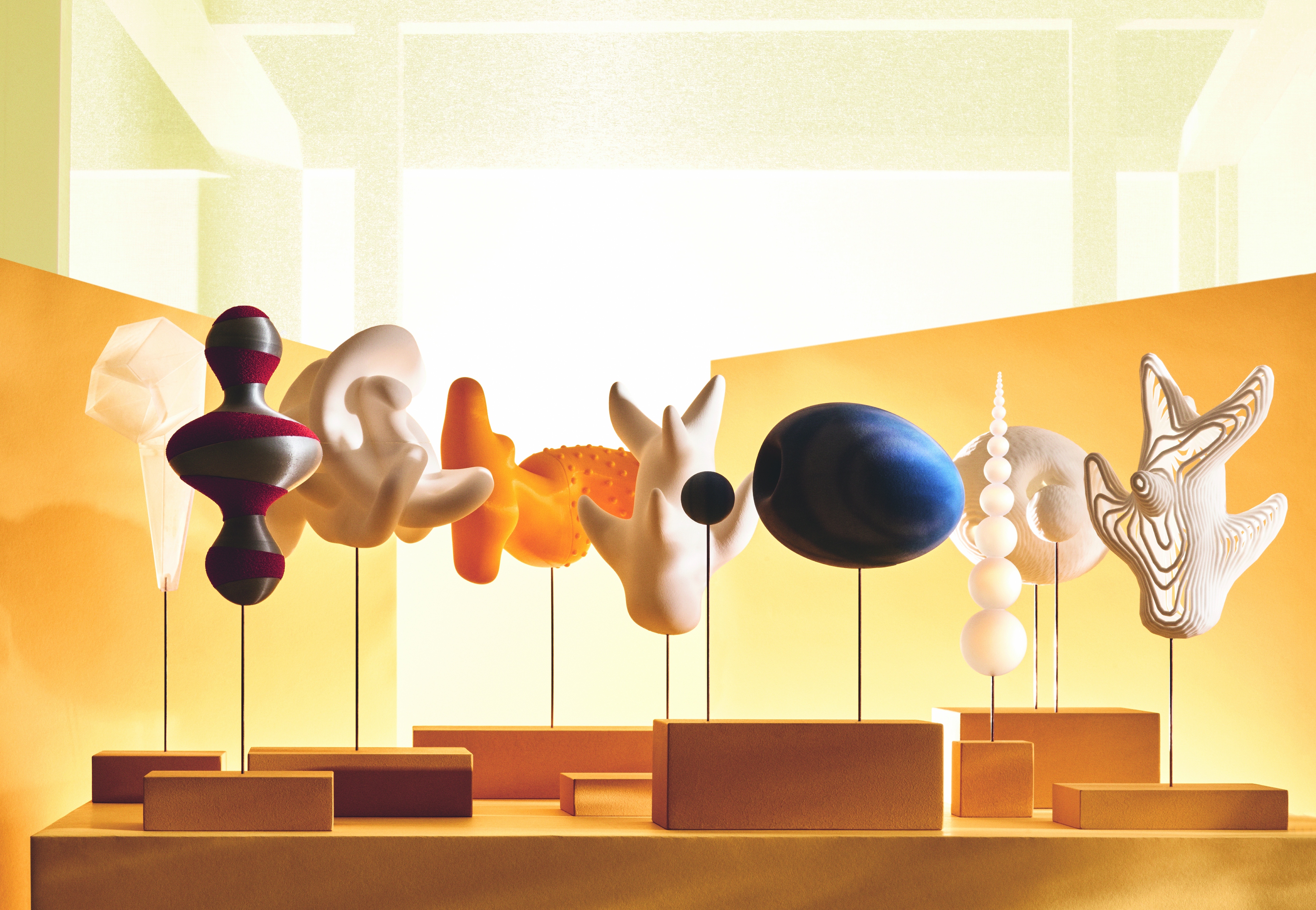
‘Forest of Theoretical Sex Toys’ at the Wallpaper* Handmade X exhibition in Milan.
W*: Is this the future of design? Instead of purchasing a physical object, you get the file to be 3D-printed?
DC: In the next decades, certainly. Everyone knows, I just wish it would get faster.
W*: Time was a factor in this collaboration too – there’s an eight-hour difference between Vancouver and London.
DC: At times it felt frustrating. But I loved doing this project – it came like a meteor out of nowhere and was a treat to do.
EF: Do you know about our campus in Dorset for our ‘Design + Make’ programme? We have 350 hectares with 12 different types of trees, which we take, literally, to make things with. Next time you come to the UK, I will take you to this magical crazy place. That will be our next adventure, on this side of the pond.
DC: I’m in, I’d love to.
As originally featured in the August 2019 issue of Wallpaper* (W*245)
INFORMATION
The pieces will be auctioned at the AA this summer. coupland.com; aaschool.ac.uk
Receive our daily digest of inspiration, escapism and design stories from around the world direct to your inbox.
-
 Alexander Wessely turns the Nobel Prize ceremony into a live artwork
Alexander Wessely turns the Nobel Prize ceremony into a live artworkFor the first time, the Nobel Prize banquet has been reimagined as a live artwork. Swedish-Greek artist and scenographer Alexander Wessely speaks to Wallpaper* about creating a three-act meditation on light inside Stockholm City Hall
-
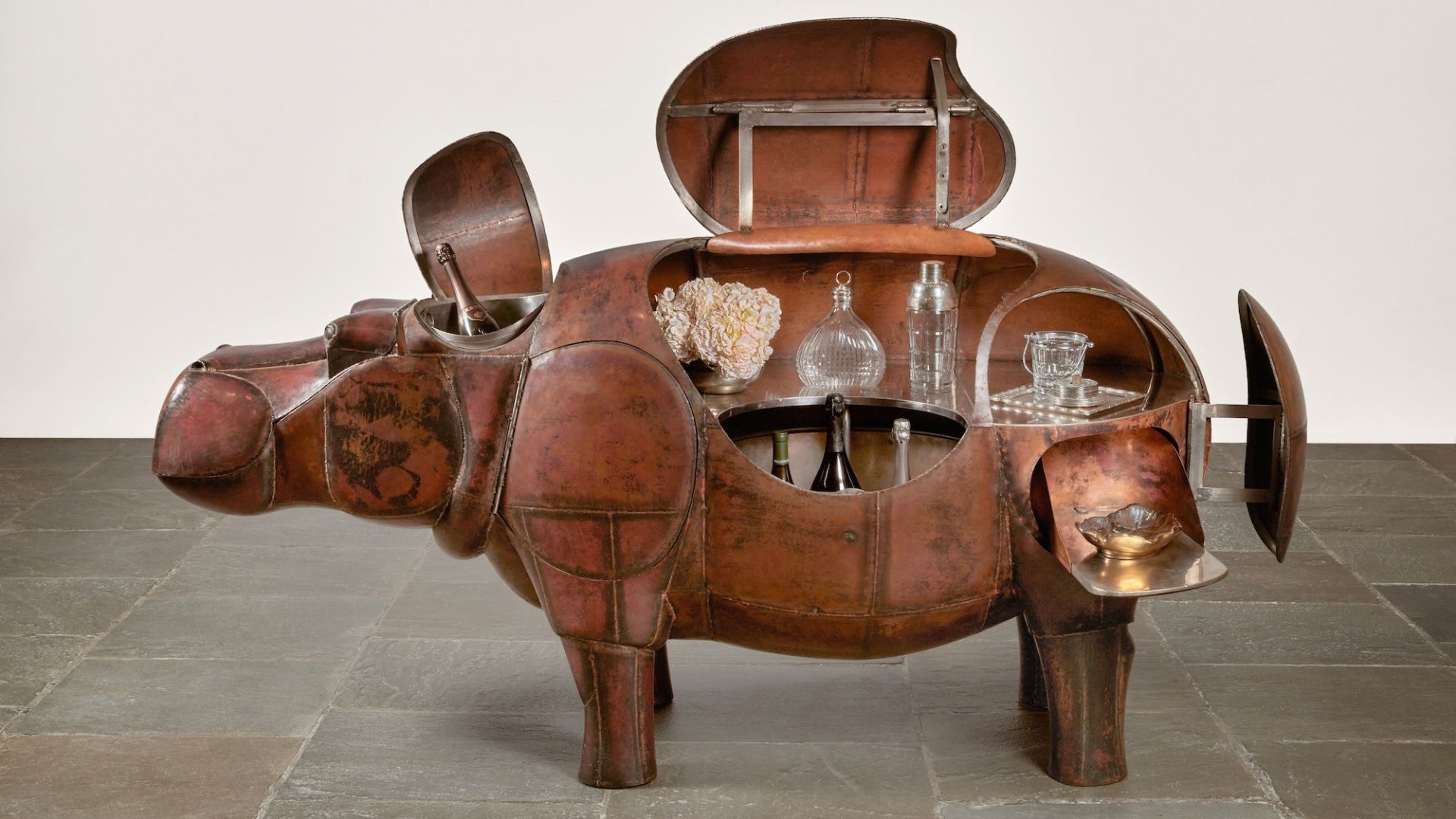 At $31.4 million, this Lalanne hippo just smashed another world auction record at Sotheby’s
At $31.4 million, this Lalanne hippo just smashed another world auction record at Sotheby’sThe jaw-dropping price marked the highest-ever for a work by François-Xavier Lalanne – and for a work of design generally
-
 NYC’s first alcohol-free members’ club is full of spirit
NYC’s first alcohol-free members’ club is full of spiritThe Maze NYC is a design-led social hub in Flatiron, redefining how the city gathers with an alcohol-free, community-driven ethos
-
 Edinburgh Art Festival 2023: from bog dancing to binge drinking
Edinburgh Art Festival 2023: from bog dancing to binge drinkingWhat to see at Edinburgh Art Festival 2023, championing women and queer artists, whether exploring Scottish bogland on film or casting hedonism in ceramic
-
 Last chance to see: Devon Turnbull’s ‘HiFi Listening Room Dream No. 1’ at Lisson Gallery, London
Last chance to see: Devon Turnbull’s ‘HiFi Listening Room Dream No. 1’ at Lisson Gallery, LondonDevon Turnbull/OJAS’ handmade sound system matches minimalist aesthetics with a profound audiophonic experience – he tells us more
-
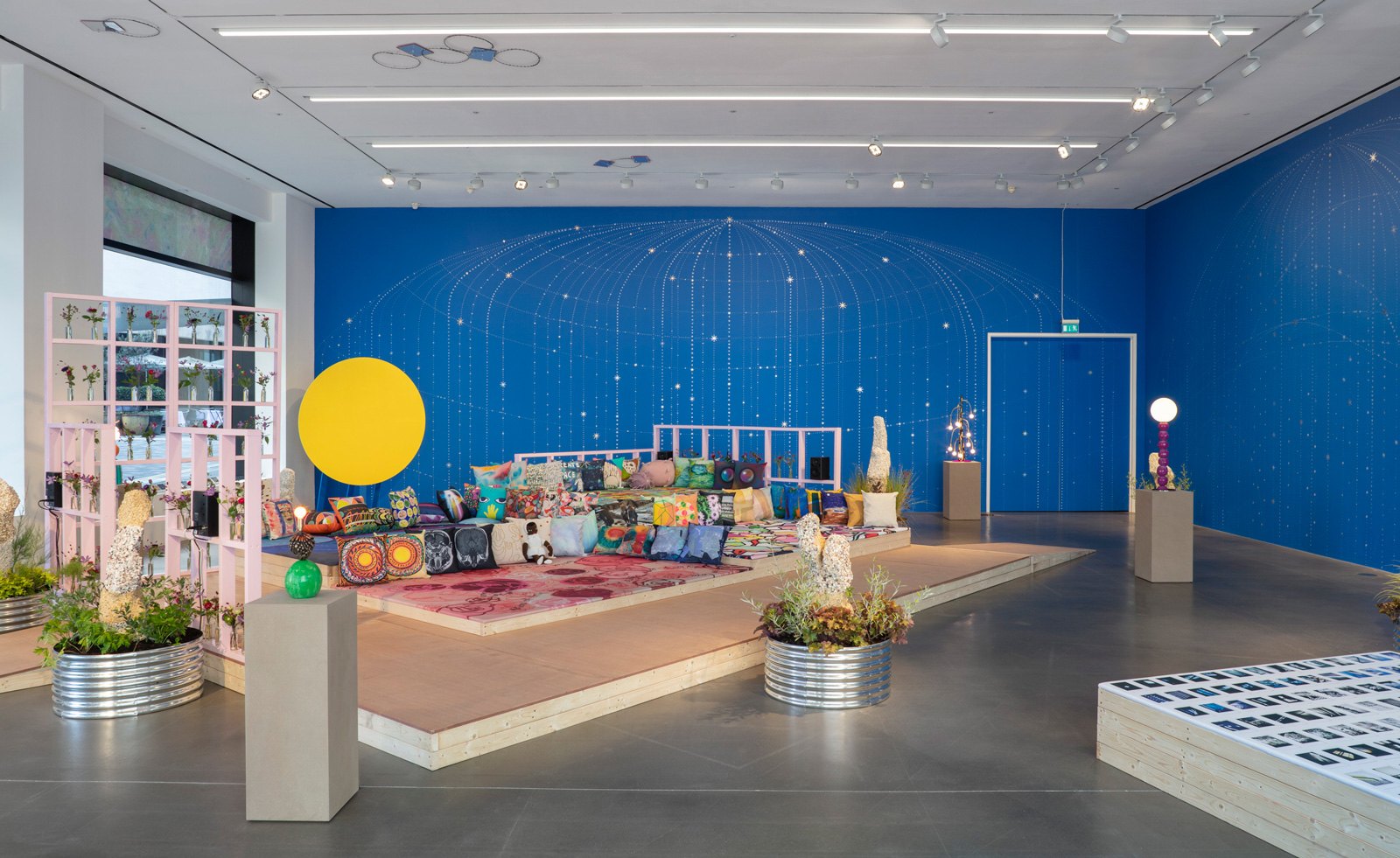 Hospital Rooms and Hauser & Wirth unite for a sensorial London exhibition and auction
Hospital Rooms and Hauser & Wirth unite for a sensorial London exhibition and auctionHospital Rooms and Hauser & Wirth are working together to raise money for arts and mental health charities
-
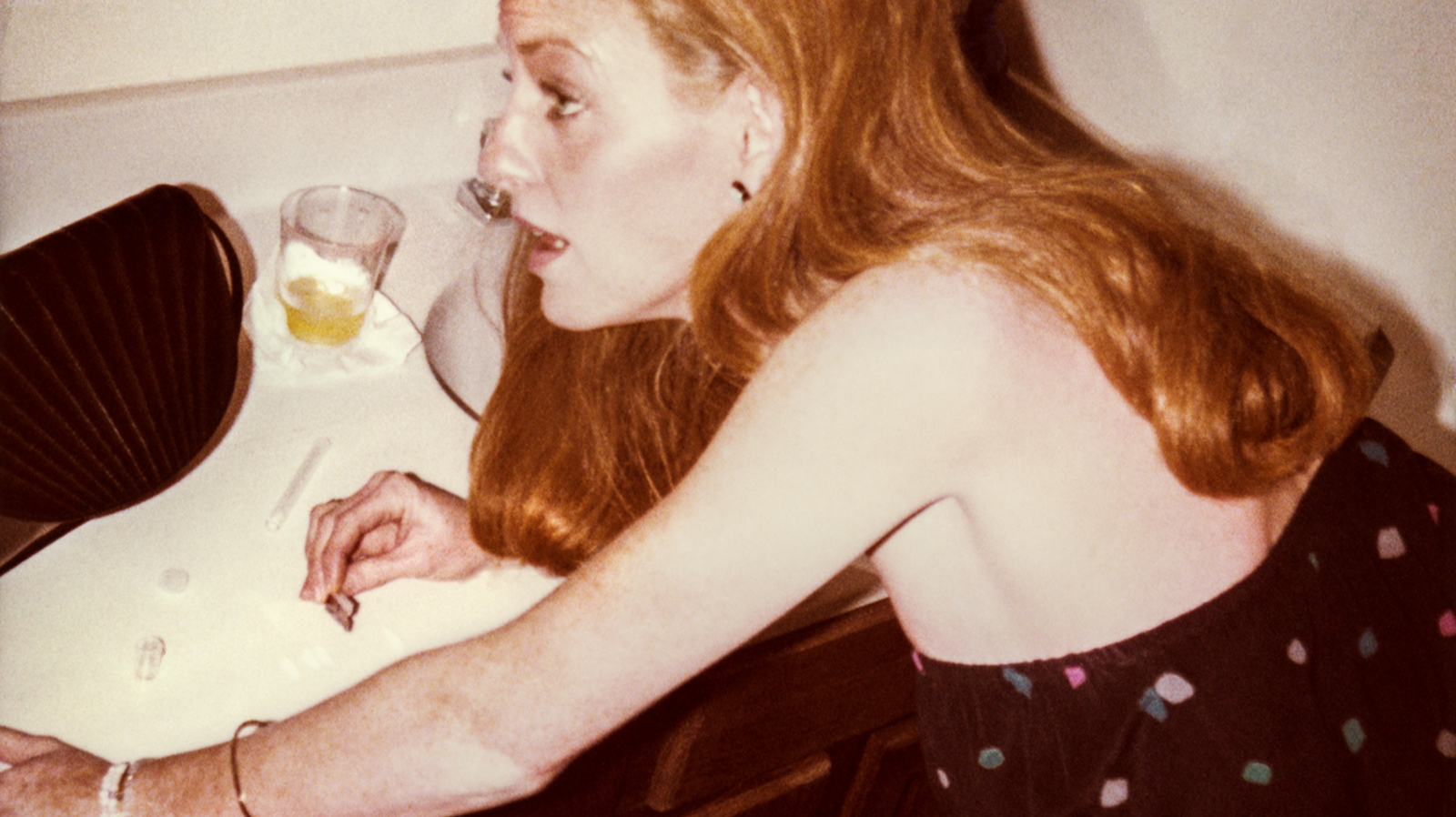 ‘These Americans’: Will Vogt documents the USA’s rich at play
‘These Americans’: Will Vogt documents the USA’s rich at playWill Vogt’s photo book ‘These Americans’ is a deep dive into a world of privilege and excess, spanning 1969 to 1996
-
 Brian Eno extends his ambient realms with these environment-altering sculptures
Brian Eno extends his ambient realms with these environment-altering sculpturesBrian Eno exhibits his new light box sculptures in London, alongside a unique speaker and iconic works by the late American light artist Dan Flavin
-
![The Bagri Foundation Commission: Asim Waqif, वेणु [Venu], 2023. Courtesy of the artist. Photo © Jo Underhill. exterior](https://cdn.mos.cms.futurecdn.net/QgFpUHisSVxoTW6BbkC6nS.jpg) Asim Waqif creates dense bamboo display at the Hayward in London
Asim Waqif creates dense bamboo display at the Hayward in LondonThe Bagri Foundation Commission, Asim Waqif’s वेणु [Venu], opens at the Hayward Gallery in London
-
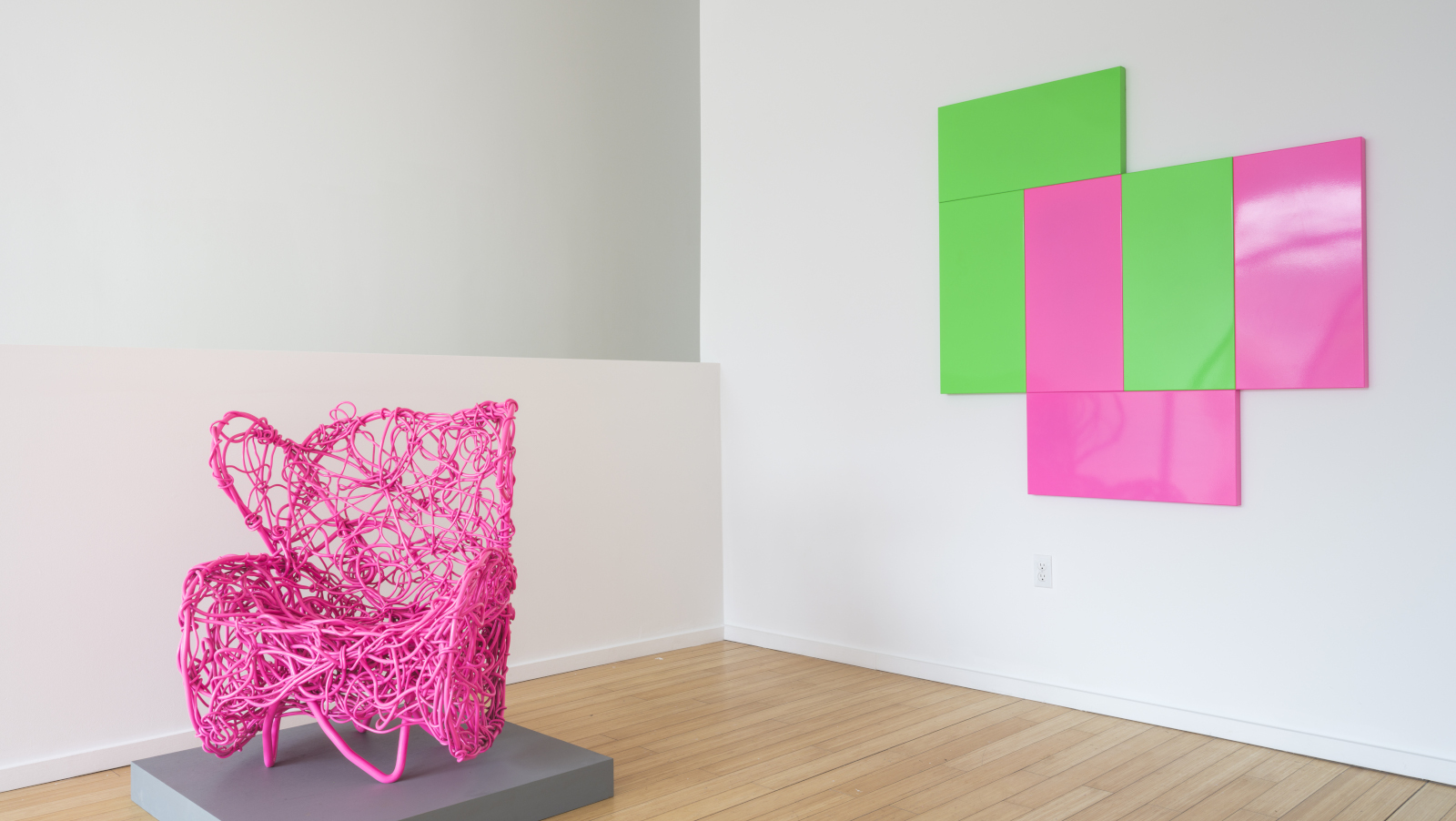 Forrest Myers is off the wall at Catskill Art Space this summer
Forrest Myers is off the wall at Catskill Art Space this summerForrest ‘Frosty’ Myers makes his mark at Catskill Art Space, NY, celebrating 50 years of his monumental Manhattan installation, The Wall
-
 Jim McDowell, aka ‘the Black Potter’, on the fire behind his face jugs
Jim McDowell, aka ‘the Black Potter’, on the fire behind his face jugsA former coal miner, Jim McDowell defied the odds to set up his workshop and keep a historic form of American pottery alive